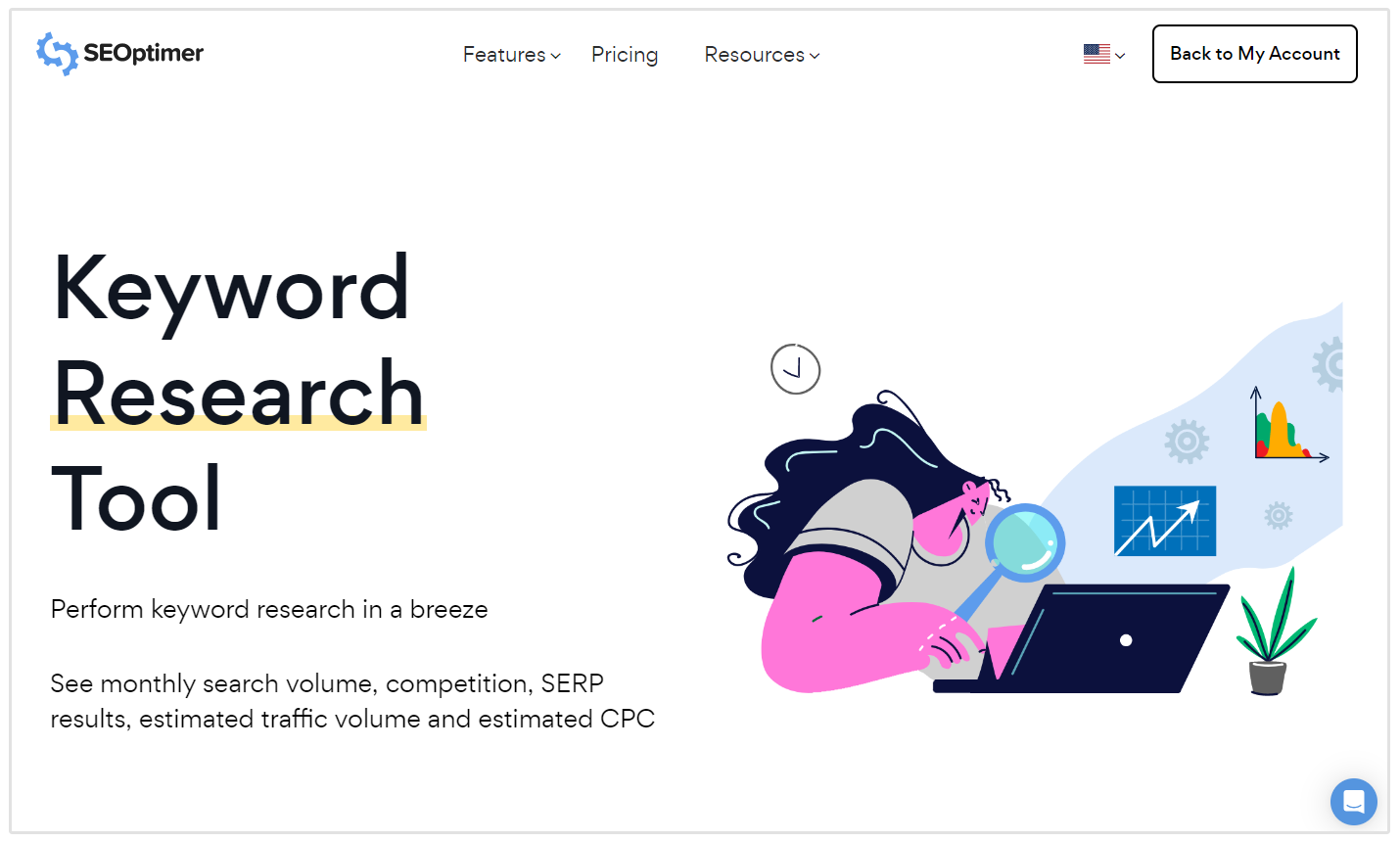Debunking Secondary Dimensions in Google Analytics: Meaning and Practical Applications
Debunking Secondary Dimensions in Google Analytics: Meaning and Practical Applications
Blog Article
Taking Advantage Of the Power of Second Dimension in Google Analytics to Refine Your Marketing Strategy and Drive Results
Leveraging the power of secondary measurements within Google Analytics opens a world of possibilities for marketers seeking to gain deeper understandings right into customer habits and customize their campaigns with precision. The potential to measure project performance with a granular lens better stresses the significance of using this tool to drive success.
Recognizing Secondary Dimensions
When analyzing information in Google Analytics, comprehending secondary measurements is critical for getting deeper understandings right into individual behavior and web site performance. Key dimensions offer standard info such as the variety of sessions or users, yet secondary measurements provide an even more in-depth view by enabling users to section and analyze information further. By including a secondary dimension, marketing professionals can refine their analysis and reveal important patterns that might have otherwise gone unnoticed.
Second dimensions in Google Analytics can be put on different metrics such as website traffic sources, individual demographics, and actions flow. For instance, by combining the key dimension of 'landing web pages' with the second dimension of 'tool category,' marketing experts can identify which tools are driving traffic to details landing pages. This details can help optimize site style and web content for far better customer experience across different devices
Analyzing Individual Actions Patterns
To successfully recognize customer behavior patterns, a thorough evaluation of information within Google Analytics is crucial. By diving right into individual habits patterns, marketing experts can get valuable insights right into how site visitors interact with their site, which web pages are most interesting, and where possible traffic jams or drop-off points may exist in the conversion funnel. Google Analytics uses a series of tools to examine user actions, such as behavior circulation records, occasion tracking, and objective funnels.
Actions circulation records give a graph of exactly how users navigate via the website, showing the most usual courses individuals take as well as where they go down off. Occasion tracking allows online marketers to keep an eye on particular interactions on the website, such as button clicks or video clip sights, offering a deeper understanding of customer interaction. Goal funnels track the actions users take in the direction of finishing a certain goal, highlighting locations for improvement in the conversion process.
Enhancing Target Market Segmentation
Upon assessing individual behavior patterns, marketing experts can additionally optimize their approaches by boosting audience segmentation strategies in Google Analytics. Target market segmentation allows for the categorization of site site visitors right into particular teams based on various attributes such as demographics, habits, and interests. By making use of Google Analytics' second dimensions, marketing experts can refine these sectors even additionally to get much deeper understandings into their target market's preferences and actions.
Enhancing audience segmentation makes it possible for online marketers to develop more targeted and customized marketing campaigns. By identifying unique customer groups, marketing professionals can customize their messaging, content, and provides to much better reverberate with each sector's unique attributes and demands. This level of personalization can dramatically improve engagement, conversion rates, and general advertising and marketing efficiency.
Moreover, through enhanced audience segmentation, marketing professionals can much better recognize the consumer trip and enhance touchpoints along the path to conversion. By examining exactly how various sectors interact with the website and marketing my link channels, online marketers can identify opportunities to enhance customer experience, address discomfort factors, and inevitably drive even more conversions. On the whole, refining target market division in Google Analytics is a powerful technique for making the most of advertising efficiency and driving sustainable business development.
Tailoring Marketing Campaigns
Marketers can enhance their marketing projects by personalizing material and messaging to fit the unique characteristics and demands of certain target market sectors. Tailoring advertising campaigns includes producing customized experiences that reverberate with various groups of customers. By leveraging understandings from secondary dimensions in Google Analytics, online marketers can obtain a much deeper understanding of their audience's actions, preferences, and demographics. This information permits for the production of targeted projects that speak straight to the rate of interests and discomfort factors of specific sectors, enhancing the likelihood of interaction and conversion.
Through the analysis of secondary dimensions such as traffic sources, gadgets utilized, or geographic place, online marketers can tweak their messaging to be extra pertinent and impactful. By customizing advertising campaigns based on insights from second dimensions, businesses can maximize the effectiveness of their initiatives and inevitably drive far better ROI.
Measuring Campaign Performance

One crucial aspect of measuring campaign performance is tracking conversions. By establishing up goals in Google Analytics, businesses can keep an eye on particular activities taken by customers as an outcome of the project, such as signing or making a purchase up for a newsletter. Comprehending the conversion rate and the conversion course can provide beneficial insights into the effectiveness of different marketing networks and messages.
Furthermore, evaluating metrics such as click-through prices, bounce prices, and session period can assist marketing professionals assess customer interaction and the influence of the campaign on website traffic. By combining key metrics with second measurements in Google Analytics, services can why not look here refine their marketing approaches, maximize campaign go right here efficiency, and drive much better results.
Verdict
To conclude, utilizing the power of secondary measurements in Google Analytics can offer valuable understandings into customer habits patterns, enhance target market segmentation, dressmaker advertising campaigns, and procedure campaign performance. By utilizing this attribute successfully, businesses can improve their marketing approaches and drive much better outcomes. It is important for online marketers to utilize the data offered through second dimensions to make educated decisions and maximize their advocate optimal effect.

Report this page